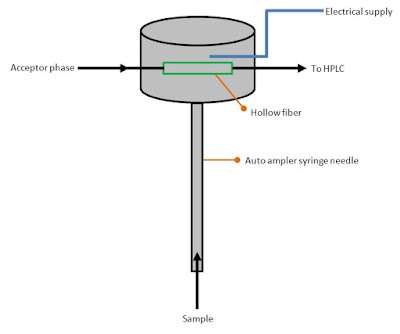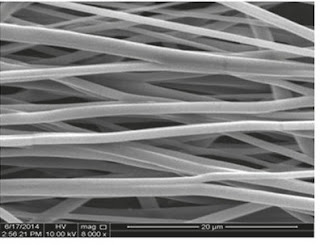Fully automated electromembrane extraction

The implementation of microextraction techniques in process laboratories usually depends on their automation degree. In reality, the use of too manual procedures is not practical when a large number of samples must be processed. In addition, manual workflows are labor intensive and prone to errors. This situation can be further complicated when risky samples, pretty common in bioanalysis, are handled. The potential of electromembrane extraction (EME) has been highlighted several times in Microextraction Tech blog. Among other advantages, EME is a rapid process thanks to the migration of the target compounds from the sample to the acceptor phase (through an appropriate supported liquid membrane) under an electrical voltage gradient. No doubt, the automation of EME and its hyphenation to chromatographic techniques would have a high impact in the field. Researchers from the universities of Copenhagen and Oslo have reported this year two interesting articles in this context. Earli


